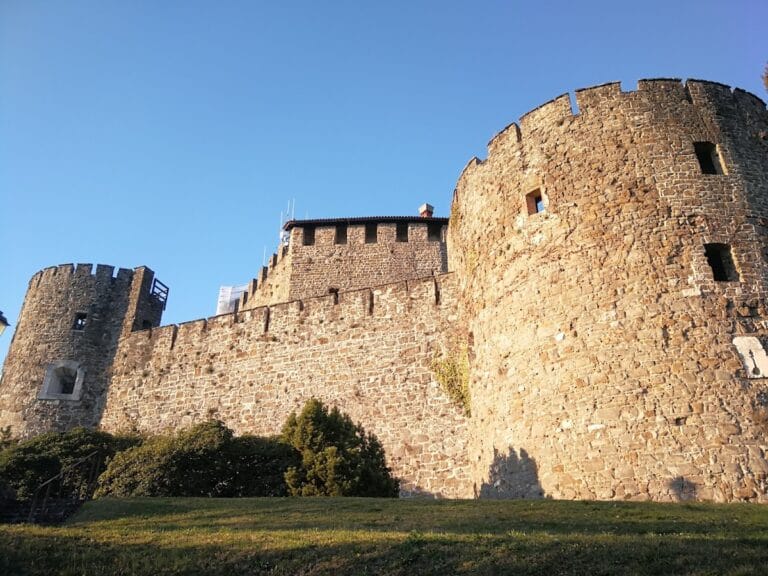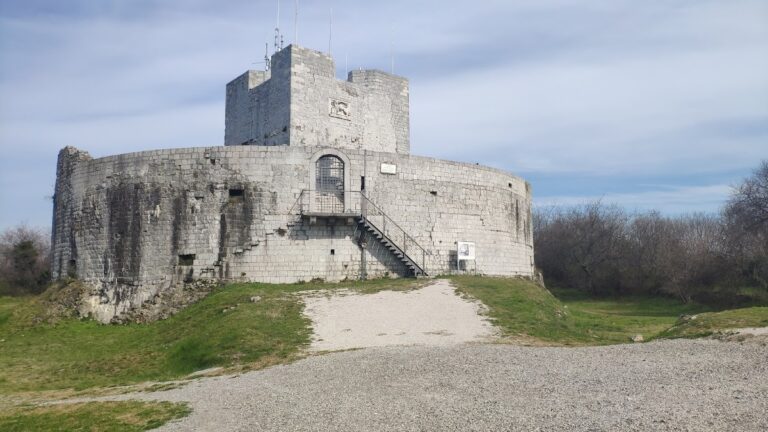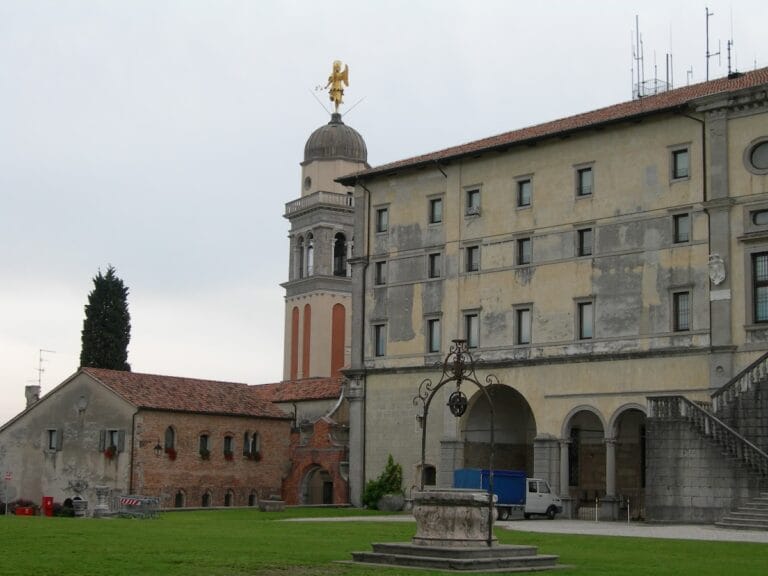Castello di Cormons: A Medieval Lombard Castle in Italy
Visitor Information
Google Rating: 4.7
Popularity: Very Low
Google Maps: View on Google Maps
Official Website: www.consorziocastelli.it
Country: Italy
Civilization: Unclassified
Remains: Military
History
Castello di Cormons, situated in the town of Cormons in Italy, occupies the summit of Monte Quarin and was originally established by the Lombards during the early medieval period. Before the castle’s construction, the site was known as Cormontium in Roman times, marking its long-standing strategic importance.
The initial fortified structure dates back to the 6th or 7th century when the Lombards built it to defend against an Avar invasion around the year 610. It functioned as a critical lookout and signaling post, forming part of the Lombard defensive frontier known as the limes. During the 8th century, control of the castle shifted to the Patriarchate of Aquileia, making it their residence until their seat relocated to Cividale later that century. In the following centuries, the castle likely acted as a safe haven during the Magyar raids that afflicted the region in the 9th and 10th centuries.
By the 10th century, a larger lower castle was constructed at the base of Monte Quarin, probably under the direction of the Counts of Gorizia. This expansion created tension with the Patriarchate over ownership rights, a dispute that persisted until 1277 when the Counts of Gorizia officially took possession. Reinforcements were added to the lower castle in the 12th century, including two town walls that enhanced its defenses.
Ownership passed from the Counts of Gorizia to the Habsburg dynasty in 1497, following the inheritance by Emperor Maximilian I after the death of Count Leonhard of Gorizia. The castle was then granted as a secondary fiefdom to the Vogrski knights, who acted as castellans until 1511. During this period, the Venetian Republic contested Habsburg control, briefly seizing the castle in 1508 and eventually returning it to Habsburg hands in 1514. The Treaty of Worms in 1521 confirmed the castle’s status under Habsburg rule.
Over the next century, the castle entered a period of decline, becoming abandoned around the 17th century, which led to the gradual deterioration of its structures. In 1813, there was a short period of French occupation before the site once again became part of the County of Gorizia and Gradisca. This status remained until Italian forces occupied the area in 1915 during the First World War.
Remains
The remains of Castello di Cormons are situated on the summit of Monte Quarin, showcasing a series of walls and structures that reflect centuries of construction and use. The original site includes both an upper fortress located on the hilltop and a larger, lower castle built at the foot of the hill, illustrating a multi-layered defense system developed across different historical periods.
Among the most striking features is a large circular structure with a diameter of approximately 18 meters, notable for its robust walls reaching up to five meters in thickness. This remarkable building displays evidence of multiple construction phases, indicating modifications and reinforcements made over time to adapt to changing defensive needs. The solid masonry and substantial dimensions suggest it played a central role within the castle complex, likely serving as a key stronghold or tower.
The lower castle area once benefited from the protective power of two town walls, which were erected in the 12th century to strengthen its defenses. These fortifications marked an expansion of the castle’s perimeter and helped guard the settlement around Monte Quarin. Today, the remains are heavily weathered, reflecting centuries of exposure and a long period of abandonment beginning in the 17th century.
The overall condition of the castle is poor, with significant portions of the walls and structures reduced to ruins. Despite this, the surviving elements offer a vivid impression of the site’s historical importance and the various phases of its construction, from Lombard military origins through medieval enhancements. No inscriptions or decorative details have been documented among the extant ruins, underscoring the castle’s primarily military function throughout its history.










